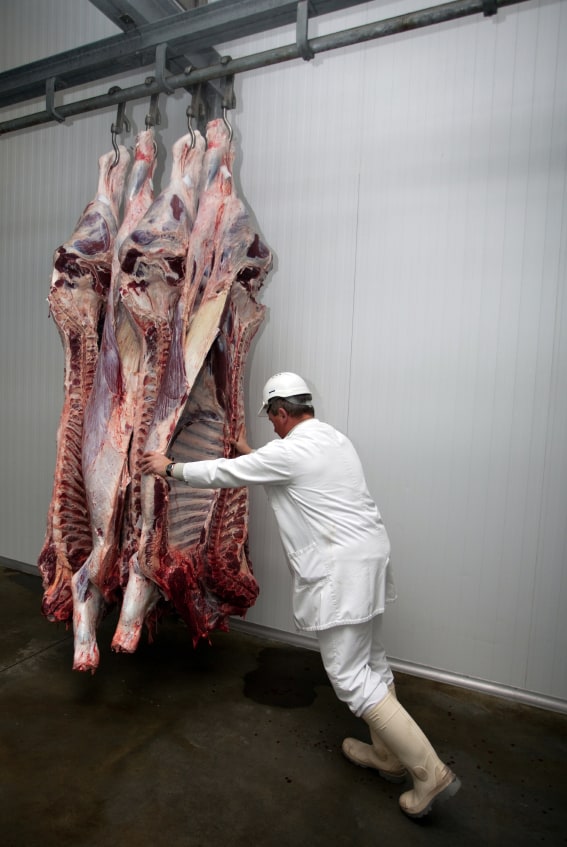Polite or ignorant?
Coroners can be a polite lot, preferring what they would call ‘substance’ to emotion, accuracy to grand standing. They also hope that their Findings make a difference and help to protect people against a range of lethal circumstances. Ex-coroner Graeme Johnstone (Victoria) was an outstanding example in OHS. So any comments in their Findings ought to be considered against this background.
However, the comments by the South Australian State Coroner Mark Frederick Johns in his Findings (9/2/2011) in the death of Daniel Nicholas Madeley who died (6/6/2004) as a result of an occupational incident are puzzling. Either the man is being very polite or seriously ignorant of what really goes on in industry. And it does matter because coroners carry a lot of authority. Work by Johnstone, Olle and Tasmanian coroners (mining disasters) has been very helpful.
Poor guarding
To paraphrase: Daniel was 18 years old when he died of ‘horrific injuries sustained when he was caught in a horizontal boring machine’. He became entangled in the machine Continue reading “Authority in denial?”





 The
The